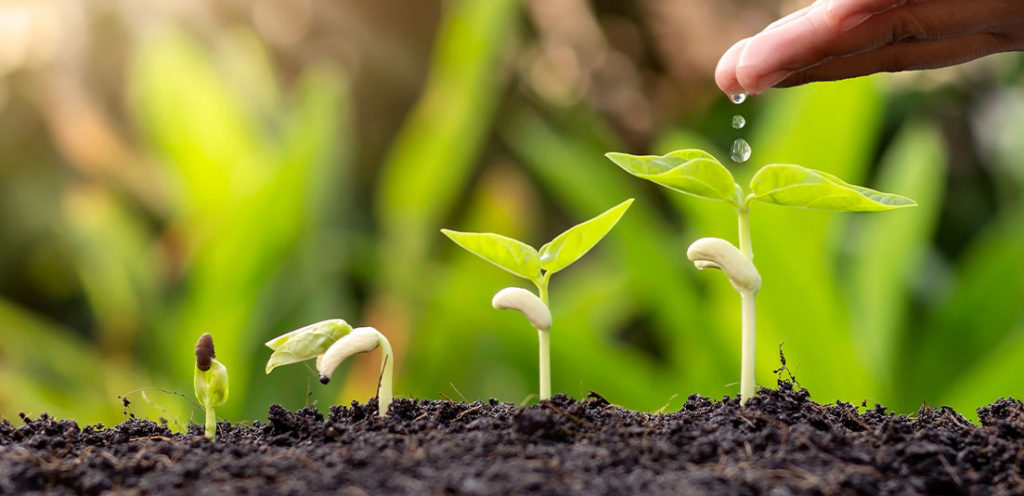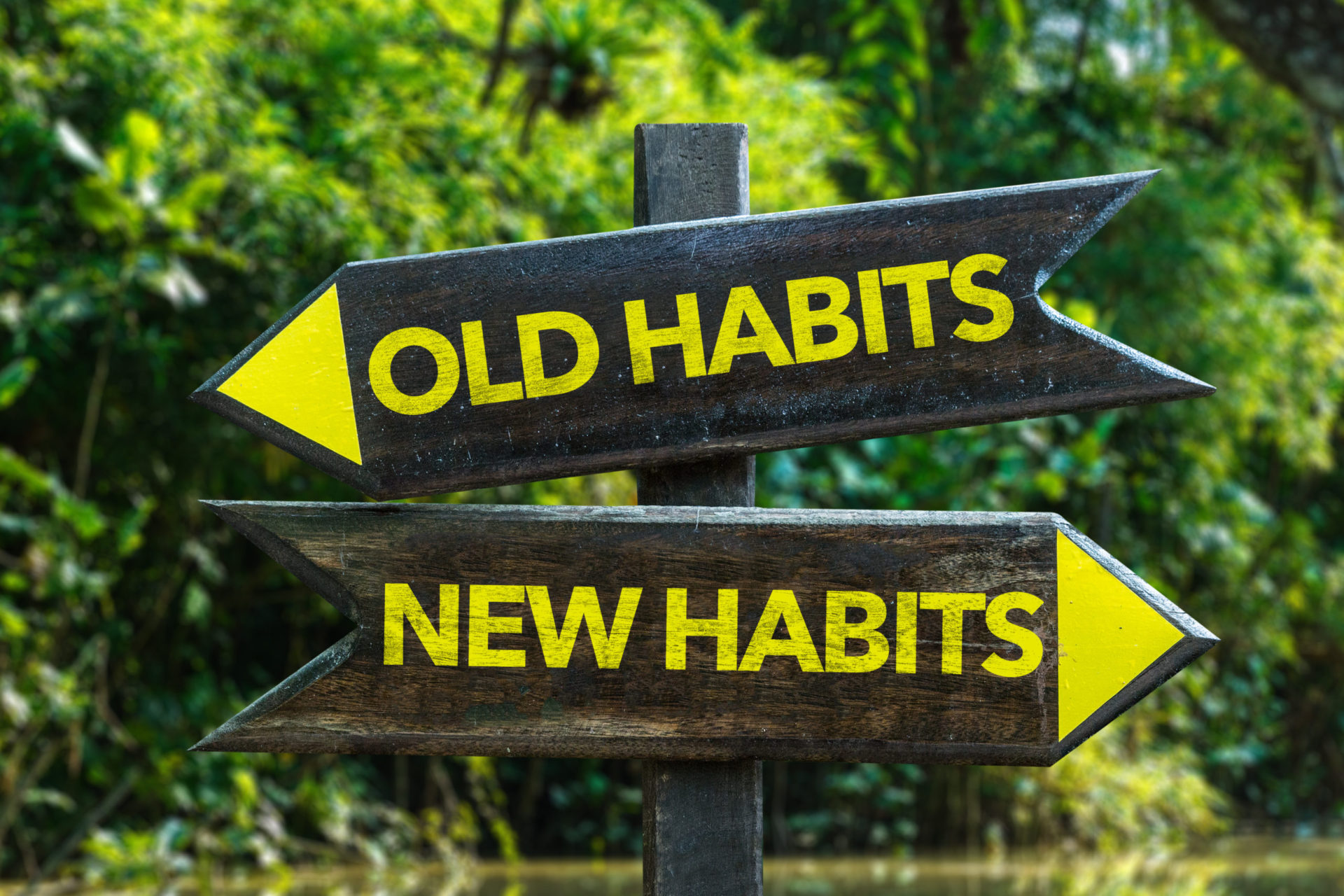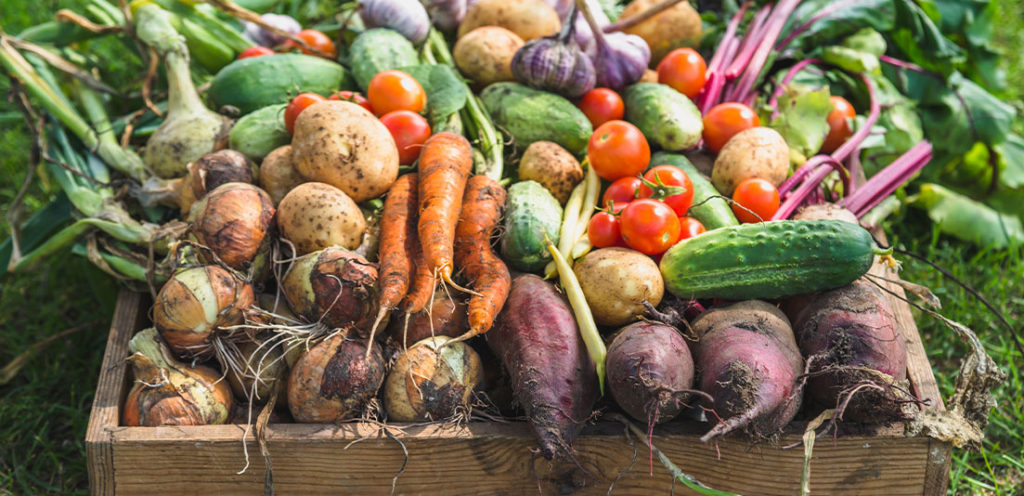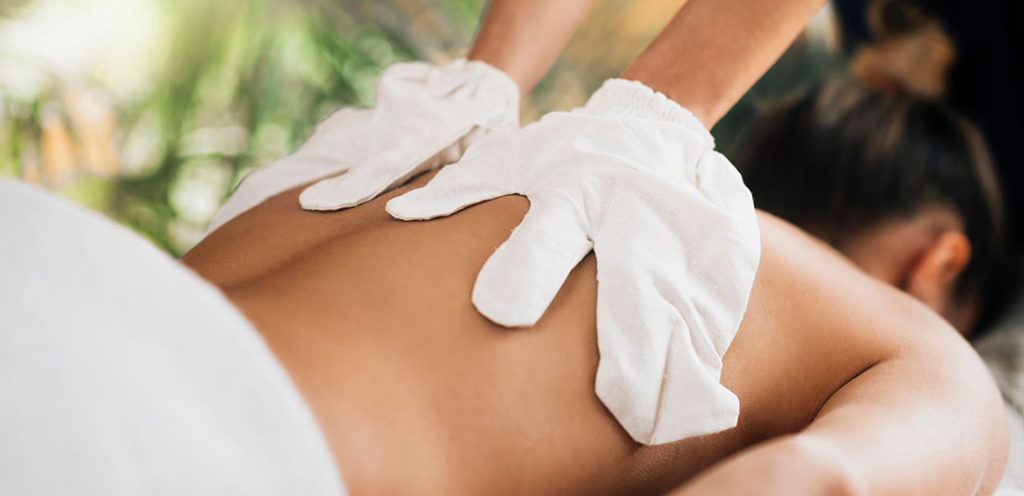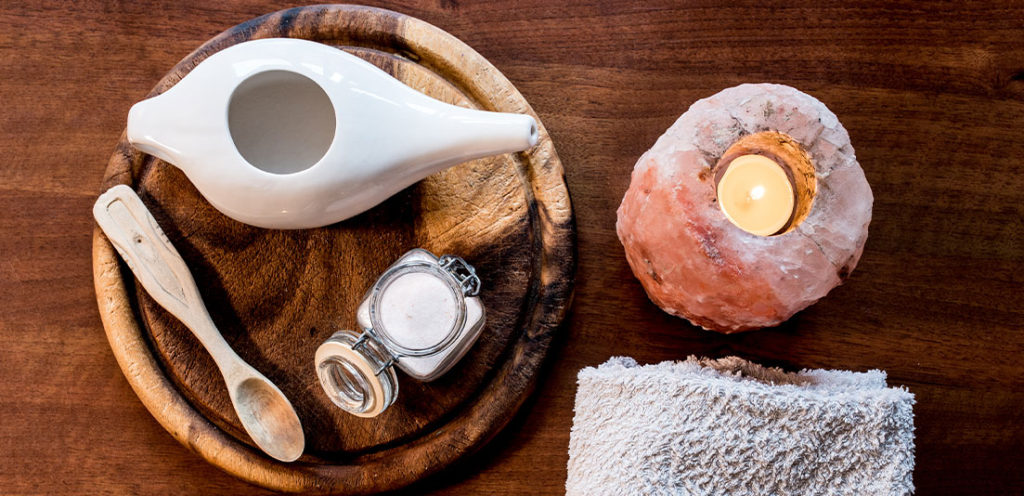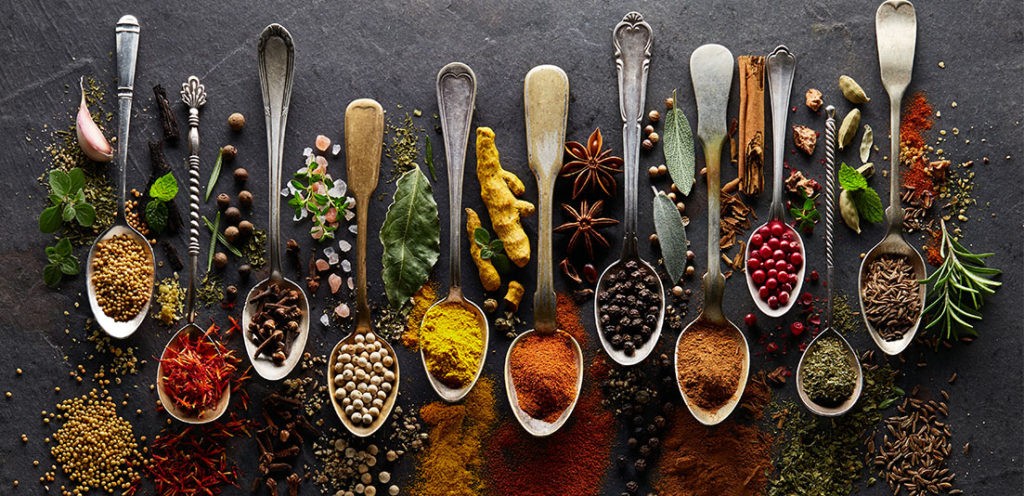
10 Ancient Miracle Herbs for Life
Since ancient times, Ayurvedic herbs have been used as a primary form of medicine. These herbal supplements are effective at treating a wide variety of ailments, and recent studies prove that these natural medicines are in fact beneficial to human health. The following is a brief overview of some areas where traditional Indian herbs have been proven beneficial. Included are links to the scientific studies that support these statements.
Turmeric (Curcuma longa)
“Phytochemical analysis of turmeric has revealed a large number of compounds, including curcumin, volatile oil, and curcuminoids, which have been found to have potent pharmacological properties.” (NCBI, 2011)

Turmeric is an herb in the ginger family and is the most commonly known of the Ayurvedic herbs. It has been used for thousands of years as a spice in Indian cuisine. The plant contains curcuminoids, substances which are known to have antioxidant properties. Studies indicate turmeric may also prevent cancerous cells from growing. Data also suggests benefits to fight depression, diabetes, viral infections, PMS, high cholesterol, IBS, Acne & Alzheimer’s Disease.
Ginger (Zingiber officinale)
“Use of ginger appears to be safe and its effects are mighty and amazing in its many applications.” (NCBI , 2011)

Ginger is a flowering plant that belongs to the Zingiberaceae family. Ginger shows promising results as an antiemetic treatment during chemotherapy, as well as for many other common ailments such as nausea, muscle spasms, stomach cramps etc.
Holy Basil (Ocimum tenuiflorum) or Tulsi (Ocimum sanctum)

“Studies indicate the daily addition of tulsi to the diet and/or as adjunct to drug therapy can potentially assist in prevention or reduction of various health conditions.” (NCBI , 2017)
Holy basil or Tulsi is very common in India. It can be found growing in many people’s homes. Studies show that it has powerful antioxidant qualities that are very beneficial for preventing cancer. Holy basil may also be helpful in treating osteoarthritis , fungal infections, blood sugar disorders , PMS, headaches, colds & flu.
Fennel (Foeniculum vulgare)

“The available scientific research on Foeniculum vulgare has shown that it is an important medicinal plant used in a wide range of ethnomedical treatments, especially for abdominal pains, antiemetic, aperitif, arthritis, cancer, colic in children, conjunctivitis, constipation, depurative, diarrhea, dieresis, emmenagogue, fever, flatulence, gastralgia, gastritis, insomnia, irritable colon, kidney ailments, as a laxative, leucorrhoea, liver pain, mouth ulcer, and stomachache.” (NCBI,2014)
Fennel is a flowering plant that belongs to the Apiaceae family. Fennel has been proven effective in treatment for things such as coughs, colds, constipation, and heartburn. It is also highly nutritious with powerful plant compounds that may have cancer fighting properties.
Licorice Root

“Our data demonstrate that licorice root provided improvement of multiple metabolic parameters under conditions of menopausal low estrogen and high-fat diets without stimulating reproductive tissues.” (NCBI, 2016)
Licorice Root is a flowering plant that belongs to the Fabaceae family. It is currently known for its anti-inflammatory and antioxidant properties. It also shows positive results in detoxification and protection of the liver. Additionally, studies have documented a hormonal effect similar to the ovarian hormone.
Ashwagandha

“The available scientific data support the conclusion that Ashwagandha is a real potent regenerative tonic.” (NCBI, 2011)
Ashwagandha is an evergreen shrub that belongs to the Solanaceae family. It is currently being studied for its anti-inflammatory properties. It has been used to treat arthritis, asthma, bronchitis, infertility in women, and it may also help prevent the effects of aging. Ashwagandha is showing promise for its unique ability to regulate neurotransmitters such as GABA and serotonin which stabilize moods and reduce anxiety.
Cardamom (Elettaria cardmomun seeds)

“These findings indicate the potential of cardamom as a chemopreventive agent against two-stage skin cancer.” (NCBI, 2012)
Cardamom is a flowering plant that belongs to the Zingiberaceae family. It is best known for its anti-inflammatory properties.One study shows that E-3-(E)-beta-ocimene (a compound found in cardamom) exhibits “potent cytotoxic effects” on leukemia cells. Cardamom extract was also shown effective at killing breast cancer cells without damaging healthy cells. Another interesting property of this ancient herb is its ability to kill Helicobacter pylori—the bacteria responsible for most peptic ulcers.
Chamomile Flowers

“Chamomile can help in improving cardiovascular conditions, stimulate immune system and provide some protection against cancer.” (NCBI, 2011)
Chamomile is a flowering plant that belongs to the Asteraceae family. It is most commonly known for its soothing properties.For centuries, chamomile has been known to treat skin irritations such as eczema and psoriasis. It is also effective at helping wounds heal quickly and it kills germs, which makes it ideal for treating scrapes and cuts. Chamomile can be made into a tea or an ointment, and this herb is frequently recommended by medical herbalists to treat various gastro-intestinal conditions. A cup of strong chamomile tea before bed will not only help you fall asleep faster, but also provide relief from heartburn, stomach cramps caused by indigestion, diarrhea, inflammatory bowel syndrome (IBS), Ulcerative Colitis (UC), hyperacidity and Crohn’s disease.
Warning: Chamomile can interact with certain prescription medications such as blood thinners. Before taking chamomile extract, you should consult your doctor if you take any of the following medications: anticoagulants/blood-thinning agents, antiplatelet drugs, nitroglycerin for heart conditions, diabetes medication and sedatives
Moringa leaf powder or seed oil

“These findings indicate that an aqueous root extract of Moringa oleifera at 750 mg/kg reduces the carrageenin induced oedema to similar extent as the potent anti-inflammatory drug indomethacin.” (NCBI, 2002)
Moringa is a plant that belongs to the Moringaceae family. It has been used in ayurvedic medicine for thousands of years, and is currently known for its anti-inflammatory properties.
Moringa has been shown to be beneficial in preventing osteoporosis, cancer and atherosclerosis—a condition where fatty substances build up on the walls of arteries. Studies have also shown that Moringa leaves are effective at treating diabetes. Research shows that the anti-diabetic properties of this herb help to inhibit natural enzymes called glucosidases that interfere with the body’s ability to control blood sugar levels.
Cumin Seeds

“The pleiotropic pharmacological effects of black cumin, and its main bioactive component thymoquinone (TQ), have been manifested by their ability to attenuate oxidative stress and inflammation, and to promote immunity, cell survival, and energy metabolism, which underlie diverse health benefits, including protection against metabolic, cardiovascular, digestive, hepatic, renal, respiratory, reproductive, and neurological disorders, cancer, and so on.” (NCBI, 2021)
Cumin is a flowering plant that belongs to the Apiaceae family . It has been used in ayurvedic medicine for thousands of years, and is currently known for its antioxidant properties . Cumin seeds are known as jeera or jeeragam in South India.
Cumin is extremely rich in antioxidants, which help to prevent cellular damage caused by free radicals. One study has shown that cumin extracts are effective at fighting breast cancer cells, and another showed that cumin seeds are helpful in treating tinea infections of the skin.
Conclusion
Our ancestors were able to go thousands of years without developing cases of chronic illness like we see today. It’s likely that traditional herbal remedies played a vital role in their overall health. It’s nothing short of miraculous that 3000 years ago ancient healing systems were developed that are just now being proven by science. Our ingredient index can you help you find products that you want to try containing specific ingredients.
Citations
Badgujar, S. B., Patel, V. V., & Bandivdekar, A. H. (2014). Foeniculum vulgare Mill: a review of its botany, phytochemistry, pharmacology, contemporary application, and toxicology. BioMed research international, 2014, 842674. https://doi.org/10.1155/2014/842674
Bode AM, Dong Z. The Amazing and Mighty Ginger. In: Benzie IFF, Wachtel-Galor S, editors. Herbal Medicine: Biomolecular and Clinical Aspects. 2nd edition. Boca Raton (FL): CRC Press/Taylor & Francis; 2011. Chapter 7. Available from: https://www.ncbi.nlm.nih.gov/books/NBK92775/
Hannan MA, Rahman MA, Sohag AAM, Uddin MJ, Dash R, Sikder MH, Rahman MS, Timalsina B, Munni YA, Sarker PP, Alam M, Mohibbullah M, Haque MN, Jahan I, Hossain MT, Afrin T, Rahman MM, Tahjib-Ul-Arif M, Mitra S, Oktaviani DF, Khan MK, Choi HJ, Moon IS, Kim B. Black Cumin (Nigella sativa L.): A Comprehensive Review on Phytochemistry, Health Benefits, Molecular Pharmacology, and Safety. Nutrients. 2021 May 24;13(6):1784. doi: 10.3390/nu13061784. PMID: 34073784; PMCID: PMC8225153.
Jamshidi, N., & Cohen, M. M. (2017). The Clinical Efficacy and Safety of Tulsi in Humans: A Systematic Review of the Literature. Evidence-based complementary and alternative medicine : eCAM, 2017, 9217567. https://doi.org/10.1155/2017/921756
Madak-Erdogan, Zeynep et al. “Dietary licorice root supplementation reduces diet-induced weight gain, lipid deposition, and hepatic steatosis in ovariectomized mice without stimulating reproductive tissues and mammary gland.” Molecular nutrition & food research vol. 60,2 (2016): 369-80. doi:10.1002/mnfr.201500445
Ndiaye M, Dieye AM, Mariko F, Tall A, Sall Diallo A, Faye B. Contribution a l’etude de l’activite anti-inflammatoire de moringa oleifera (moringaceae) [Contribution to the study of the anti-inflammatory activity of Moringa oleifera (moringaceae)]. Dakar Med. 2002;47(2):210-2. French. PMID: 15776678.
Prasad S, Aggarwal BB. Turmeric, the Golden Spice: From Traditional Medicine to Modern Medicine. In: Benzie IFF, Wachtel-Galor S, editors. Herbal Medicine: Biomolecular and Clinical Aspects. 2nd edition. Boca Raton (FL): CRC Press/Taylor & Francis; 2011. Chapter 13. Available from: https://www.ncbi.nlm.nih.gov/books/NBK92752/
Qiblawi S, Al-Hazimi A, Al-Mogbel M, Hossain A, Bagchi D. Chemopreventive effects of cardamom (Elettaria cardamomum L.) on chemically induced skin carcinogenesis in Swiss albino mice. J Med Food. 2012 Jun;15(6):576-80. doi: 10.1089/jmf.2011.0266. Epub 2012 Mar 9. PMID: 22404574.
Singh, N., Bhalla, M., de Jager, P., & Gilca, M. (2011). An overview on ashwagandha: a Rasayana (rejuvenator) of Ayurveda. African journal of traditional, complementary, and alternative medicines : AJTCAM, 8(5 Suppl), 208–213. https://doi.org/10.4314/ajtcam.v8i5S.9
Srivastava, J. K., Shankar, E., & Gupta, S. (2010). Chamomile: A herbal medicine of the past with bright future. Molecular medicine reports, 3(6), 895–901. https://doi.org/10.3892/mmr.2010.377




